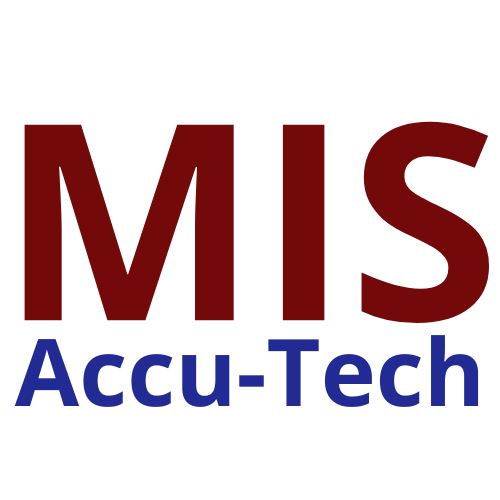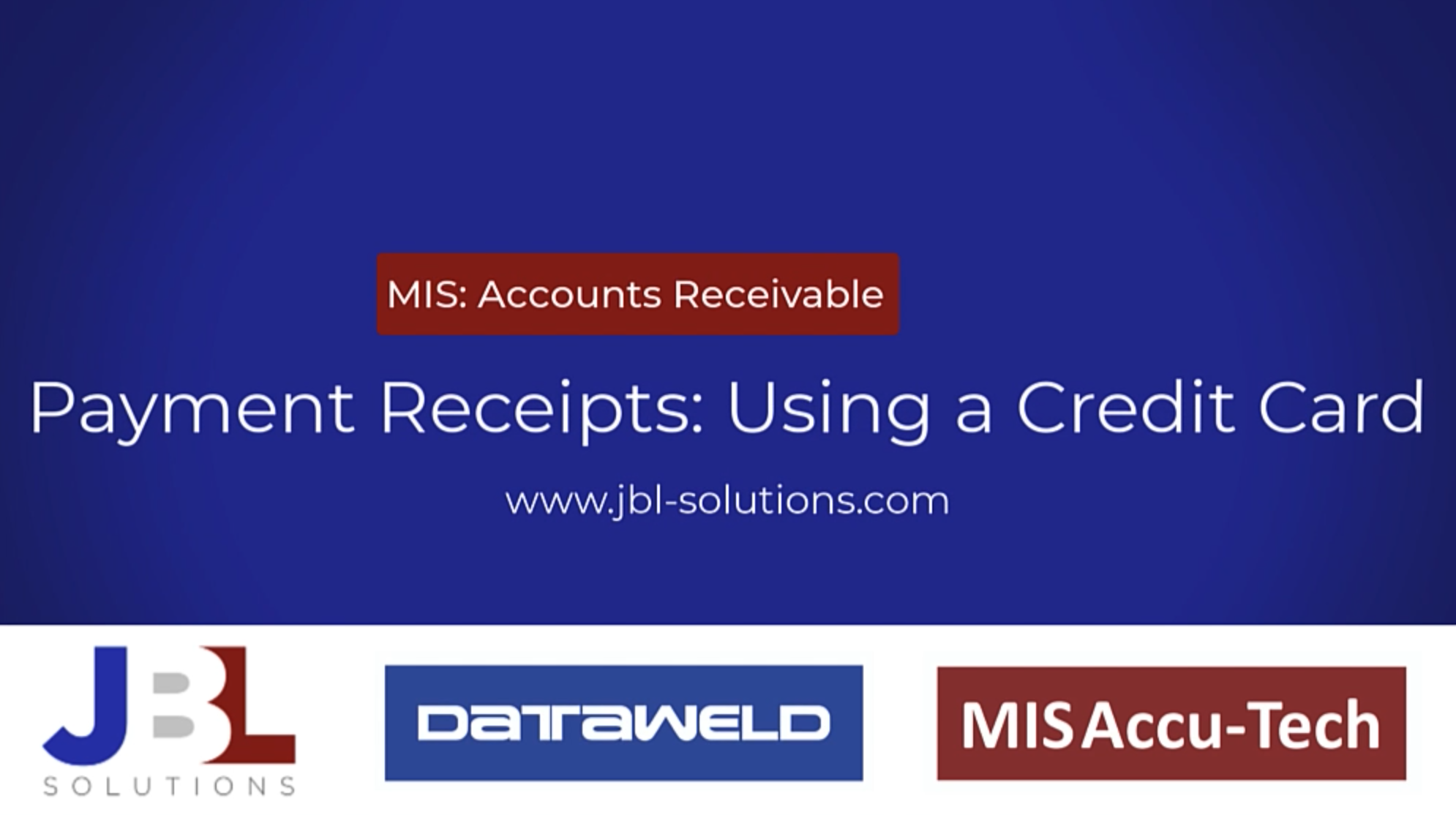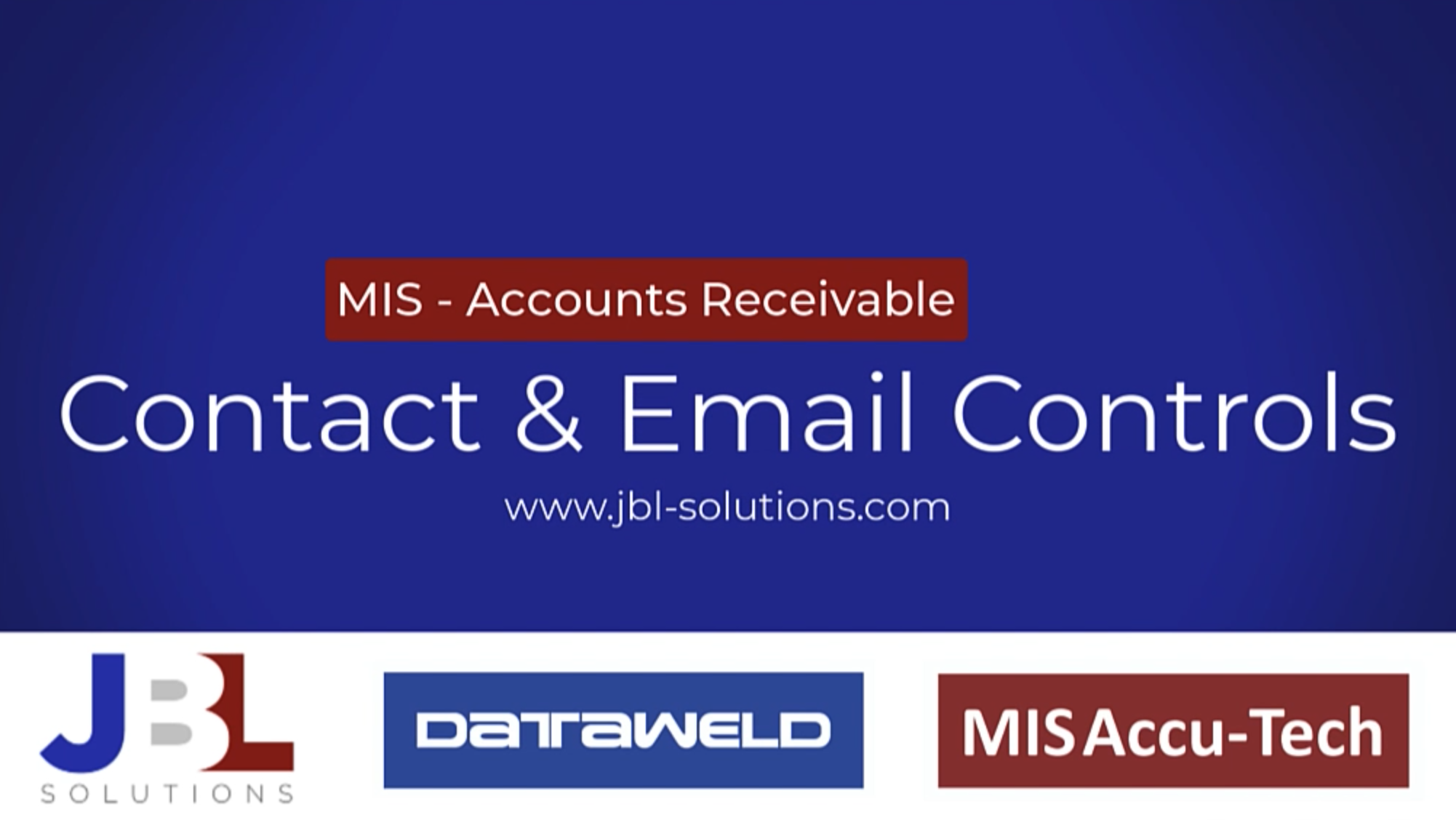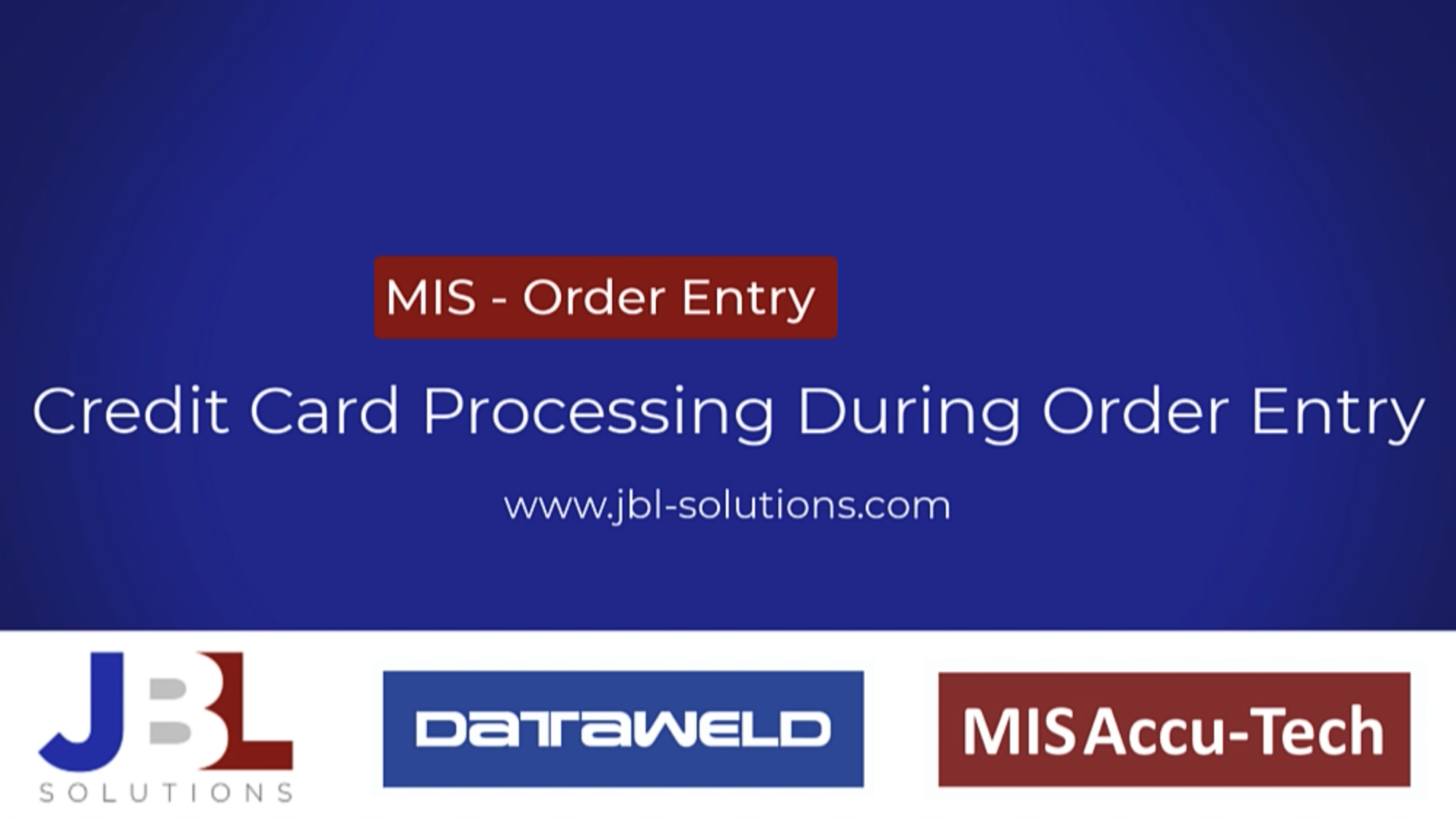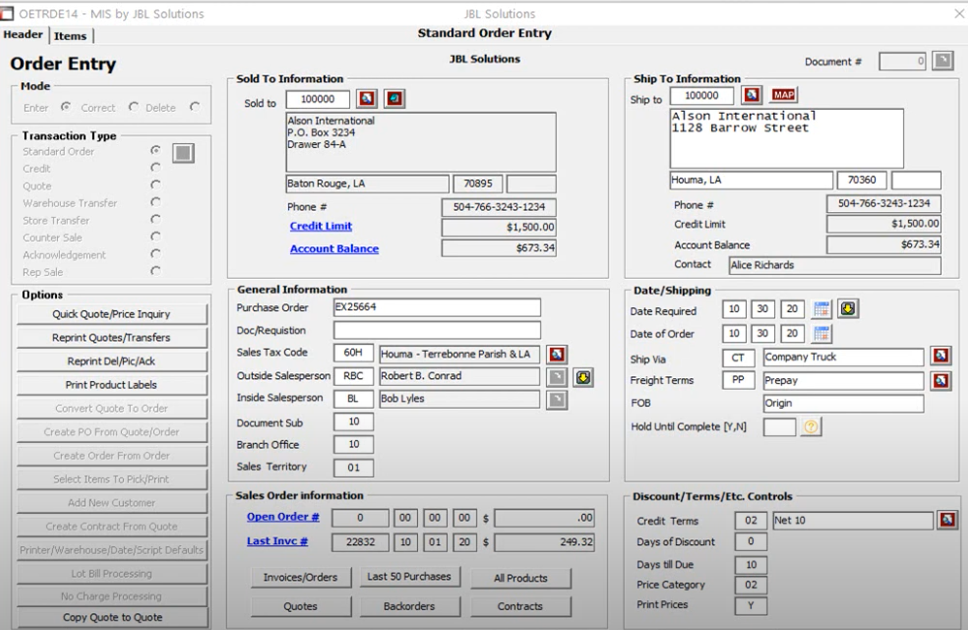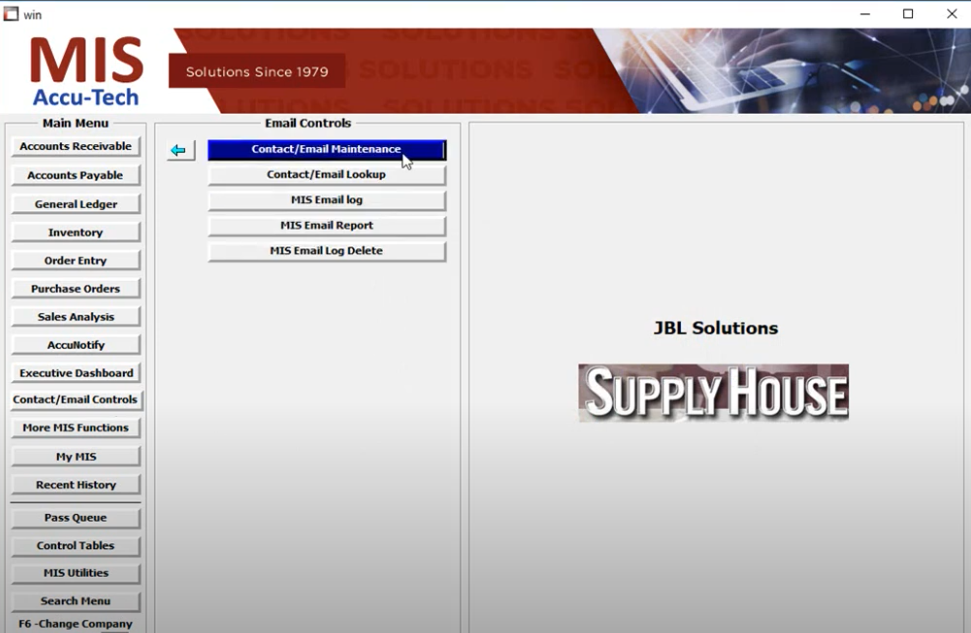The MIS Inventory system is a feature rich module designed to help you manage and control (not just track) your inventory.
Purchase and Stock Management
The MIS Purchase Manager subsystem was designed to organize many of the functions performed by the department responsible for purchasing and stocking the goods which a company resells. These functions include review screens for inventory statistics to determine which items are being sold, item profitability, special stocking conditions, reports assisting in developing orders and definable product performance ranking functions.
Inventory statistics are compiled and maintained by the system. The statistics are used by the system in order to advise on ordering (what to order), stocking (what to stock), and notification of slow- moving or dead stock. Some of the statistics that are kept on each item are:
- Performance/ABC Code
- Turns
- Sales History (units, sales, profit %)
- Product Rankings by Sales, Profit,
- Units, and Cost
- Stock Out Occurrences over last 24 months
- Last Stock Out Date
- Last Stock Days (number of days)
- Lead Days (average, last, best, worst)
- Highest in-stock amount and date
- Highest one-time sale amount and date (single customer dependency)
- Average unit sale per month
- Stock sufficiency/customer service levels (in-stock or backorder situation)
What To Order?
The MIS system uses user defined parameters and statistical data in order to determine what to order. Some of our customers have static usage and lead time products and they wish to use the simple ordering techniques associated with Low Point, Reorder Points, and Just-In-Time Calculations. Many of our customers require a higher degree of sophistication and choose to use many of the features found in our Purchase Manager module. Some of the controls found in our Purchase Manager are:
- Order Controls by Purchase Group
- Order Controls by Vendor
- Order Controls by Performance Class
- Order Control by Product Class
The above order controls allow you to set ordering parameters by:
- Lead Time
- Safety Stock
- Review Cycle
- Stocking Days
Individual item ordering controls/overrides are available due to the following conditions:
- Single Customer Dominant Item
- Contract Item
- Low Usage Item
- New Item
- Item Stock Outs have occurred
- Unusual Sales have occurred
- Erratic Lead Times exist
- Seasonal Item
- And more!
Various functions can automatically send results to the MIS Purchase Manager Control Screen. Your buyer(s) can edit the system-generated figures, optimize the order amounts (based upon vendor terms and products), send a system-generated RFP, and automatically update the MIS Purchase Order module.
To Stock, Not to Stock, Dispose
Several reports are available in order to determine and notify you of problem stock.
- Product Usage Spike
- Slow-movers
- Overstocked
- Item Performance
- Hot Movers
- And more!
Intelligent Item Pricing
Pricing should be based on item performance, customer performance and in some instances, the competition. There are several options within the MIS system that can help establish and maintain intelligent selling prices and user.
- Columnar Pricing
- Matrix Pricing
- Contract Pricing
- Sale Pricing
- Quantity Break Pricing
- And More!
Vendor Price Changes
Save time! Price changes from your vendor can be uploaded/imported into the MIS system via Excel and other vendor specific electronic formats. Future price changes can be entered before-hand or updated quickly using built-in multipliers. Items that you do not stock can be electronically loaded into the MIS Catalog Item file.
Wire/Reel/Rope/Steel/Spool/Lot Management
Managing products that are sold in “lots” is made easy by the MIS system. Sales, receipts, and adjustments are tracked and special physical inventory sheets are available for counting. Material Test Reports, Certifications, “Heat Synch” data, etc. can be attached to each lot using our PDF and Image functions.
Imaging, Web, & External Documents
Images (JPG/BMP/TIF/GIF, etc.), PDF documents, Word documents, Excel documents, .TXT, Web sites, and other files can be attached to your products as well as Lots/Spools/Reels/Hose/Pipe, etc.
